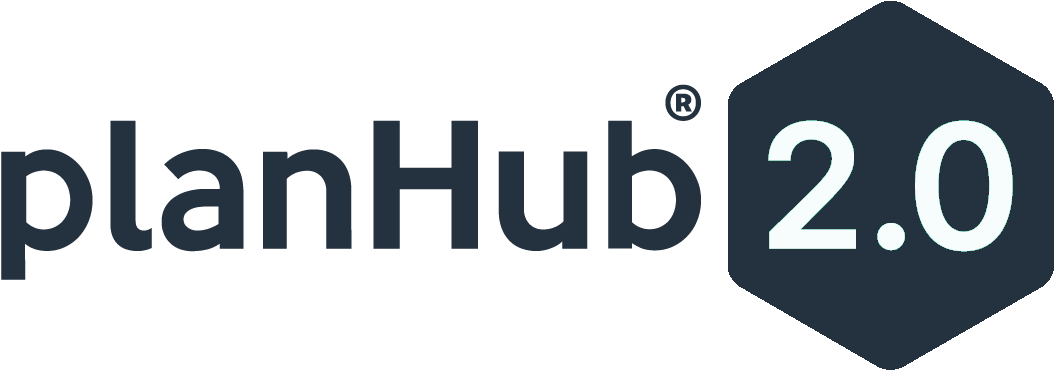Contractors need to be equipped with insights on how their business operates, its financial needs, and what it may require to grow. KPIs offer a look into all of these details and more, as they aim to measure what businesses can do to hit important goals.
What are KPIs?
Key performance indicators (KPIs) are measurements of how a business is doing in relation to its business objectives. Objectives might include profitability, winning bids, and getting paid. Contractors choose what KPIs they want to pay attention to, depending on what is most important to them. There are some standard KPIs that most contractors track, like gross profit and bid-hit ratios.
KPIs are important because they show the ownership how well (or not) the company is measuring up and they help business leaders decide to make crucial changes if they are needed.
There is an abundance of KPIs that a construction company can choose to look at. We’ll focus on key financial metrics and some project and bid-oriented ones that can help contractors become more successful.
Financial KPIs
Gross profit margin (also gross margin ratio) = (sales – COGS) / sales
Gross profit is the amount of money a contractor makes when the cost of goods sold (equipment, labor, and materials) is subtracted from sales. It’s usually expressed as a percentage of sales and doesn’t include administrative and overhead expenses. The more money you make on your projects, the higher your gross profit will be.
Net profit margin = (sales – COGS – operating costs – interest – taxes) / sales
Net profit is the amount of money a company makes when operating costs are subtracted from gross profit. It is also usually expressed as a percentage of sales. The percentage reflects how much of each dollar you earn is actual profit. If a company continues to have a low net profit margin, then it may be time to raise prices.
Accounts receivable turnover = net sales on credit / [(beginning AR balance + ending AR balance)/2]
Accounts receivable turnover indicates how many times in a period outstanding customer bills are paid in full. The more AR turnover a company has, the quicker it’s collecting its money. If you’re suffering from slower collection times, it may be time to reassess your collection procedures.
Accounts payable turnover = total purchases / [(beginning AP balance + ending AP balance)/2]
Accounts payable turnover indicates how many times in a period outstanding vendor bills are paid off. The more AP turnover a company has, the quicker it is at paying its bills. If you’re having trouble paying bills in a timely manner, consider a bank loan, invoice factoring, or other short-term credit (such as credit cards).
Project KPIs
Gross profit margin (by project) = (sales by project – COGS by project) / sales by project
Gross profit can be computed for each project, as well as the whole company. You can then do further analysis to determine the most profitable types of projects and choose to spend time going after them.
Cost variance (CV) = Planned budget – actual cost
Cost variance is calculated by subtracting the actual cost for a project from the planned budget. It helps project managers know if they are meeting their estimate or not.
Bidding KPIs
Hit ratio (number of projects) = projects bid: projects won
The hit ratio shows a company’s success in bidding on projects. The lower the ratio the more successful you are at winning bids.
Hit ratio (revenue) = revenue amount bid: revenue won
This hit ratio shows the relationship between the dollar amount of bids submitted and the dollar amount of those won.
KPIs provide contractors with the information they need to make changes in their businesses to take advantage of their strengths and improve on their weaknesses. By regularly analyzing KPIs, and acting when needed, contractors can be more successful and profitable in all phases of their business.





